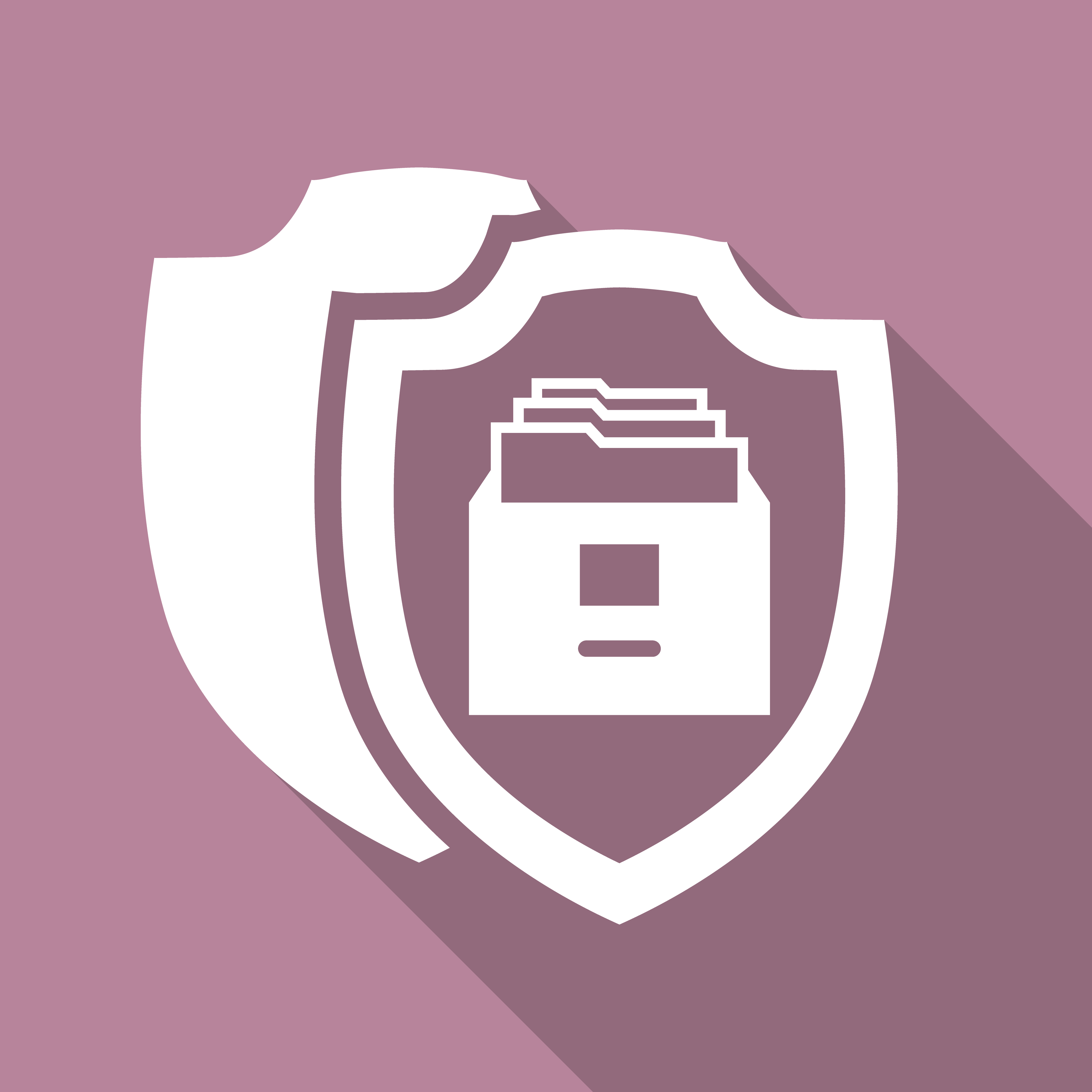
€45.00
At the end of this course, you will have an understanding of health and safety legislation and you’ll be able to list common causes of accidents. You’ll also be able to understand good practice in relation to electricity and describe the use of safe manual handling techniques as well as be able to describe good practice associated with COSHH regulations, be able to describe your activities in the event of a fire and also you will know how to deal with an accident.
Approved by IIRSM – Duration 45 mins* – €45.00
| Course | Module Number | Module Name | Pass % Required |
|---|---|---|---|
| Workplace Health and Safety | 1 | What Is Health and Safety? | 70 |
| Workplace Health and Safety | 2 | Case Studies | 70 |
| Workplace Health and Safety | 3 | Corporate Manslaughter | 70 |
| Workplace Health and Safety | 4 | Accidents | 70 |
| Workplace Health and Safety | 5 | Fire, Electricity, DSE and Manual Handling | 70 |
| Workplace Health and Safety | 6 | Emergencies, CoSHH, PPE and Stress | 70 |
| Workplace Health and Safety | 7 | Final Assessment | 70 |
This course lasts around 45 minutes.
This course is approved by IIRSM.
The course provides basic training for workers and managers to understand their roles and responsibilities in relation to health and safety at work. The course provides a broad awareness of key principals in relation to:
– The types of accidents which can occur at work and which are most common
– Fire safety – sources of ignition, what to do if they find a fire, safe evacuation procedures
– Hazardous substances and materials – what may be used in the workplace, the need to display relevant information, the importance of appropriate storage and monitoring regimes
– Manual handling – what manual handling relates to, how to safely undertake manual handling
– Working at height and in confined spaces – what this includes, how to avoid working at height or in confined spaces where possible, risk assessments and mitigations
– Utilities including electricity – an awareness of the concepts of checking equipment for wear and tear and avoiding overloading electrical supplies
– Steps which they can take to protect themselves, including risk assessments, safe systems of work and the use of appropriate personal protective equipment
– How and when to report an accident or incident.
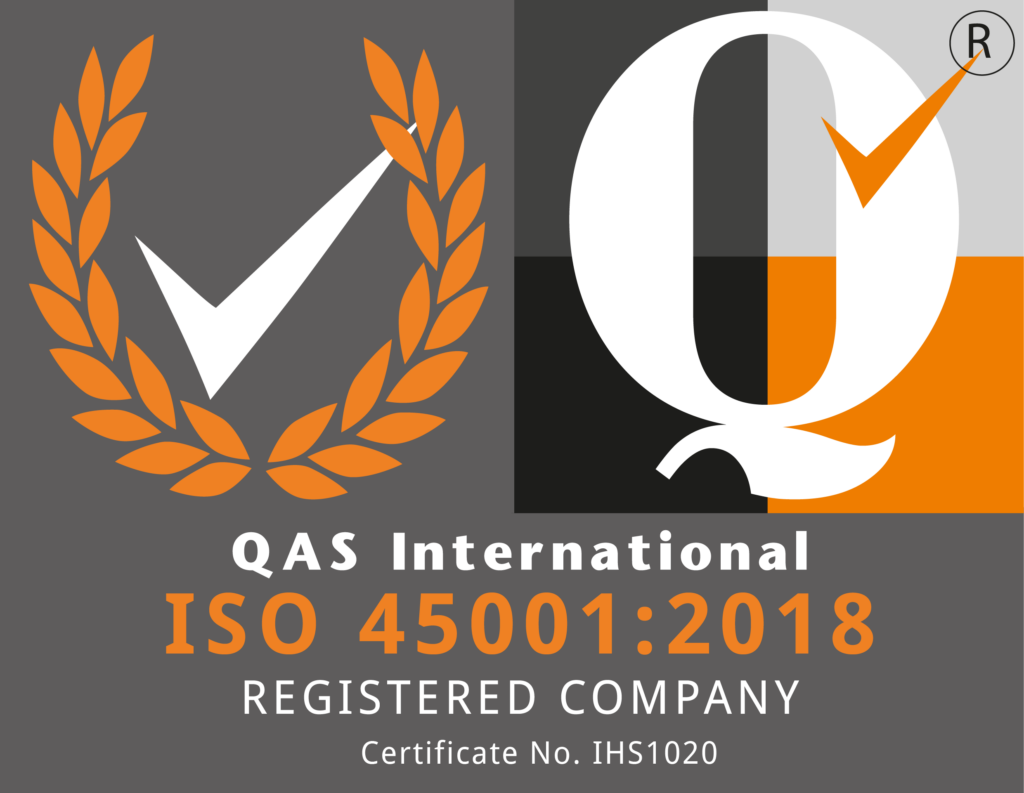
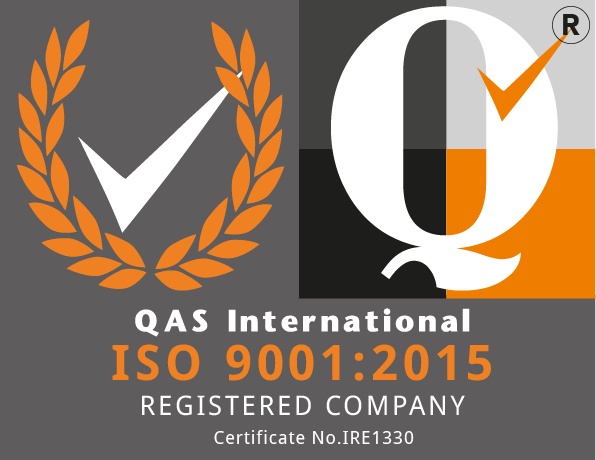


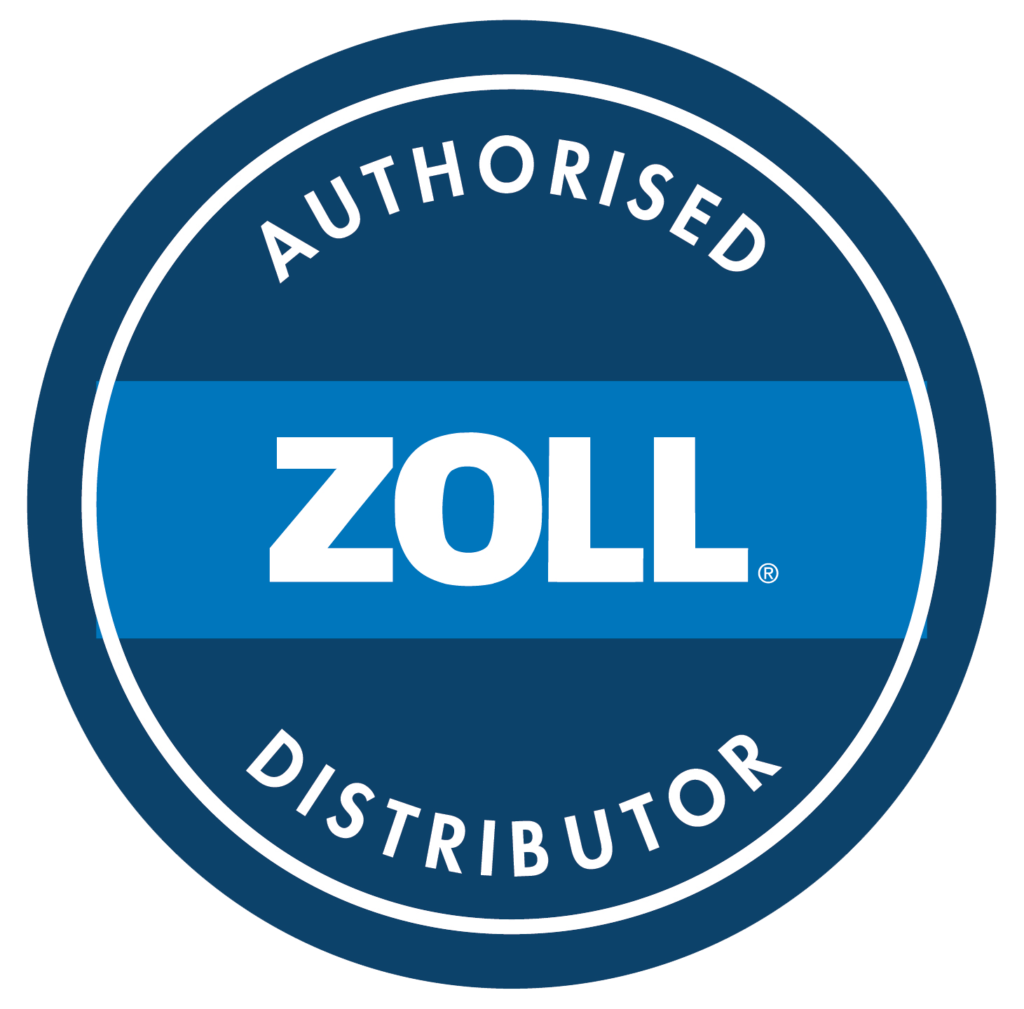


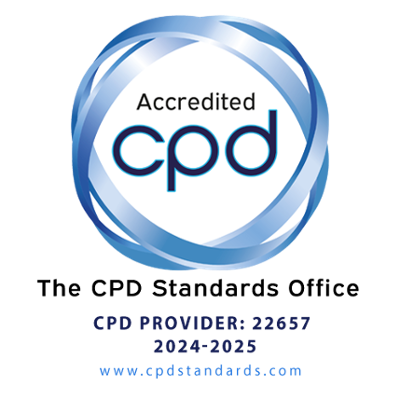

Web design and development by Phoenix STS Ltd
Copyright © 2025. All rights reserved.